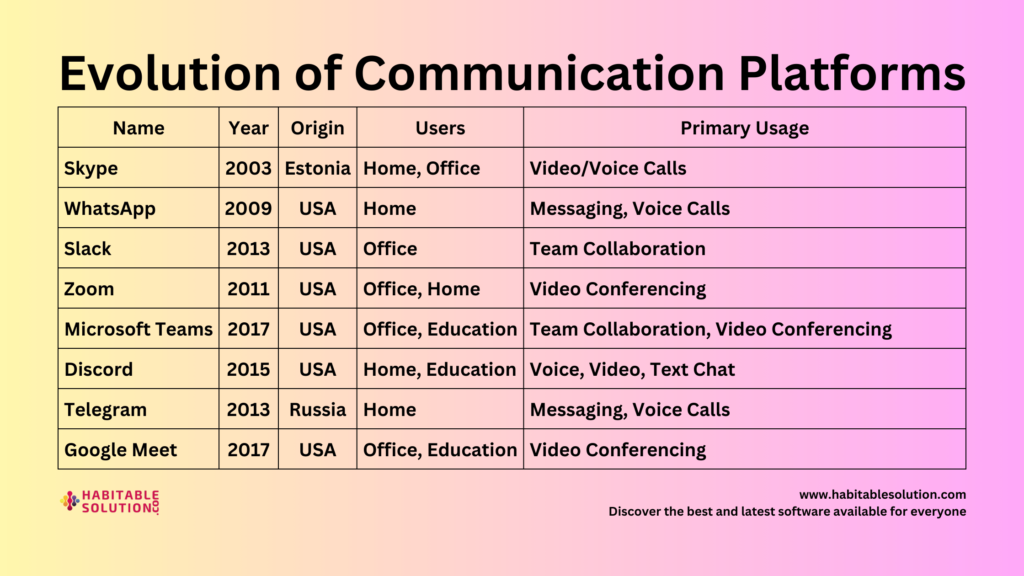“Pentesting is supposed to spotlight flaws, not trigger crisis‑comms calls—but too many gigs end with lawyers instead of lessons.” That line, delivered mid‑rant during the viral conference talk “How EVERY Pentest Turns Into a DUMPSTER FIRE!”, earned equal parts laughter and resigned sighs. After three years swinging between red‑team keyboards and blue‑team war rooms, I’ve witnessed the same flames: scope creep, comms blackouts, and 200‑page PDFs nobody reads. This narrative field guide explores why pentests derail and how to make sure your next engagement ends in risk reduction rather than reputational smoke.
1. Scope Creep — The Match That Lights the Bin

Every responsible engagement starts with a Rules of Engagement (ROE) document: IP ranges, test windows, no‑touch data sets. Then reality intrudes. A staging server smells like production, or an internally exposed Jenkins job begs for RCE. “One quick scan can’t hurt,” someone says. In the talk’s most painful anecdote, an unapproved SQLi spray toppled the payroll database—during Friday close. Smoldering slapstick ensued: HR staff on conference calls, testers apologizing, CFO threatening lawsuits. What began as a tightly scoped web-app test escalated into a weekend breach‑response simulation—billable hours nobody wanted.
Firebreak Checklist
- Immutable ROE: Signed PDF plus SHA‑256 hash parked in SharePoint—and emailed to counsel. Changes require dual sign‑off (client CISO + lead tester).
- Real‑Time Scope Map: Grafana dashboard with green zones (in), red zones (out). The color shame curbs “just one host” temptation.
- Time‑boxed Exceptions: If a juicy target appears out of scope, testers submit a single‑sentence change request; client approves or denies in ≤30 minutes. Decisions become audit trail entries, not hallway chats.
Handled rigorously, scope becomes a firewall, not a fuse.
2. Communication Black Holes

Silence turns routine discovery into DEFCON‑1. The speaker recalled an AWS assessment where the shared Slack channel broke under rate limits. Meanwhile, CloudWatch logged spike traffic; the blue team, unaware, paged incident response and pulled the plug on critical microservices. By the time testers restored chat, lawyers occupied the Zoom and the engagement was frozen.
Signal‑Preserving Protocols
- Heartbeat Bot: Every 15 minutes @pentest‑status posts “Healthy ✅” to Slack or Teams; absence triggers standby phone call.
- Out‑of‑Band Hotline: A direct number to lead tester sits on the SOC wall. If digital comms die, dial.
- Pause Rule: If comms disappear for >15 minutes, testers halt active exploitation. Better to lose an hour than the client’s weekend.
Communication is the fuse that predictably burns. Keep it lit; everyone stays calm.
3. Production Data in Test Land

Nothing accelerates dumpster‑fire temperature like discovering real PII in a “safe” lab. One red team cloned an unsanitized S3 backup, expecting dummy records—only to find 80 thousand credit‑card numbers. GDPR nightmares bloom instantly.
Containment Strategy
- Synthetic Data First: Tools like Tonic.ai now synthesize relational copies that preserve referential integrity without exposing names.
- Field‑Level Masking: If prod dumps are unavoidable, AES‑encrypt sensitive fields; decrypt only inside a sealed enclave VM, with audit logs.
- Access Logs to SIEM: Every SELECT on customer_email triggers a SIEM alert; no secrets leave undetected.
4. Unpatched Jump‑Box — The Malware Launchpad

The irony of a vulnerable pentest rig is rich—but all too real. “We don’t update during engagements,” a tester once told me while ignoring a sudo exploit alert. A week later, their box became part of a cryptojacking botnet and pivoted into the client’s internal network.
Hardening Formula
- Golden Image Refresh Weekly: New AMI with patched OS + toolset.
- EDR on Red Boxes: Even attackers need defenders; telemetry flags outbound beaconing that isn’t yours.
- Network Egress ACL: Only C2 ports and essential repos. If the jump‑box tries torrent peer discovery, kill switch engages.
5. Ego‑Driven Exploits Over Business Impact

Shells are fun; context is king. During a retail engagement we found XSS in a loyalty‑points form. One tester defaced the storefront “for lulz,” replacing hero banners with Rick Astley GIFs. The exploit cost zero dollars to fix, but brand reputation? Millions.
Metric Shift
- Exploit → Dollar Mapping: Use FAIR or CVSS Environmental score to attach potential loss values. An S3 bucket with SSNs outranks a flashy deface.
- Impact‑Over‑Ego Rule: Ask “How does this help the business?” before screenshotting.
6. Report Paralysis—200 Pages, Zero Remediation

A tome impresses junior auditors and nobody else. One 196‑page report hit a client inbox; the CISO opened it on page one, saw twelve nested tables, closed the PDF, and never skimmed it again.
Clear‑Action Reporting
- Executive → Technical Funnel: Page 1 one‑page infographic; pages 2‑5 top ten risks; appendix for exploits.
- Jira Exporter: Each finding becomes a ticket—severity pre‑tagged, CVE linked.
- 24‑Hour Debrief Call: Walk through fixes, not flexes—record it for dev teams.
7. Legal & PR Backdrafts

A harmless DNS exfil PoC can violate data‑residency laws if done from the wrong region. Worse, testers tweeting “pwned bank” before embargo lights reputational fires.
Legal Guardrails
- Pre‑Engagement Counsel Review: Legal signs NDA, social‑media clause, and export‑control boundaries.
- Red‑Team Style Guide: Ban sensational verbs; use “simulated” not “hacked.”
- Press‑Ready Summary: If the test becomes public via breach‑notification laws, a joint statement is pre‑approved.
8. Lessons Lost: No Retrospective, No ROI

Closeouts often feel like exhaling after a sprint; teams skip retros, promising “we’ll debrief next sprint.” Weeks later, everyone forgets. The same holes persist.
Retrospective Blueprint
- Control Failure Root‑Cause: Why did WAF miss SQLi? Misconfig or blind spot?
- Detection Delta: Could SIEM have alerted earlier? Write Sigma rule.
- Ticket Ownership: Assign patch to sprint backlog, owner, and deadline.
- 90‑Day Verification: CISO re‑scans; if vuln returns, remediation budget pauses until fixed.
Transformation happens after flags, not during.
Quick‑Hit Pentest Toolkit (2025) — Tools That Avoid Disaster

| Phase | Tool | Dumpster‑Fire Prevention |
| Recon | Amass v5 | Honors in‑scope list; aborts on red IPs. |
| Enumeration | RustScan | Lightning fast but respects –exclude‑file. |
| Exploit Dev | Impacket 1.0 | SMB scripts include audit logging by default. |
| Cloud | Pacu 2 | Tags every AWS API call, easing DFIR. |
| Phishing | GoPhish 0.13 | Sends test emails only to whitelisted domains. |
| Reporting | Dradis + Jira exporter | Ships findings as actionable sprints, not PDF clutter. |
The Human Factor: Burnout, Bias, and Better Culture

Pentest dumpster fires aren’t just technical—they’re psychological. Cognitive load spikes when testers juggle Burp Suite tabs, Slack pings, and live client calls. Overload breeds mistakes. Confirmation bias tempts red teams to chase exploits they expect rather than those the system truly harbors. And stress contagion spreads: when one tester freaks over a firewall drop, the ops team mirrors panic.
Cultural Countermeasures
- Rotation Schedules: No tester stays on keyboard >90 minutes without a stand‑up break.
- Mindful Comms: Use checklists before hitting ‘enter’ on destructive payloads—mirrored from airline cockpit procedure.
- Joint Victory Moments: Post‑engagement “capture the flag” slide celebrates both red ingenuity and blue fixes.
Psychological safety keeps the flames contained.
Budget Reality vs Value
| Spend Item | Typical Cost | Value If Measured Properly |
| SIEM license | $120K/yr | Worth it only when tied to mean‑time‑to‑detect KPI. |
| FIDO2 tokens | $40/user | Cuts credential stuffing attempts by ≈90 %. |
| Patch automation | Open‑source | Reduces human toil; shrinks exposure windows. |
| Purple‑team retainer | $60K/yr | Finds blind spots audits cannot; ROI in avoided breach fines. |
Budget justifies itself when metrics show concrete risk delta, not vibes.
Closing Thoughts: From Firefighter to Fire Marshal
Dumpster fires will happen; what matters is whether you treat them as random chaos or predictable fuel chemistry. Scope rigor, continuous communication, data hygiene, and impact‑centric exploits extinguish sparks before they ignite brand damage. Add automation, psychology‑savvy scheduling, and ticket‑ready reporting, and your next engagement delivers insight instead of incident.
“Your crown‑jewel app doesn’t care how pretty the PDF looks; it cares whether yesterday’s patch shipped before bots weaponised the bug.”
The era of vibe‑based pentesting is ending. Embrace telemetry, treat culture as a control, and you’ll replace dumpster smoke with controlled burn—heat that tempers iron instead of melting it.
People also search for:
- What are the challenges of pentesting?
- What are the limitations of a pentest?
- What are the risks of pentesting?
Written by Tahsin Tariq | Habitablesolution.com





